The device could gather more in-depth information about individual neurons.
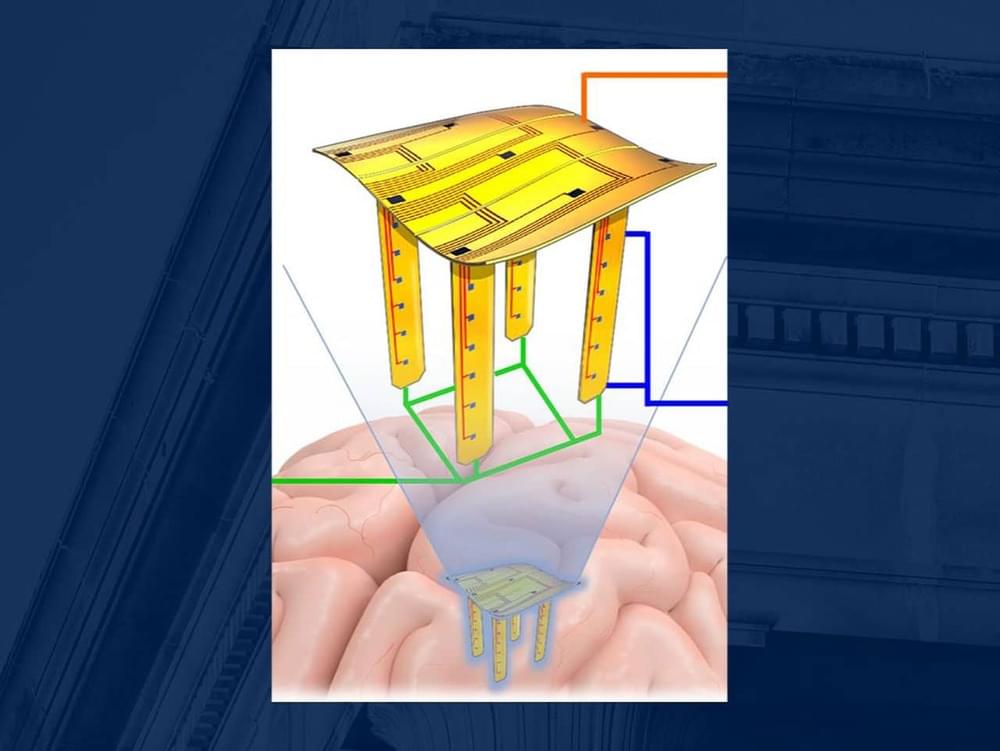

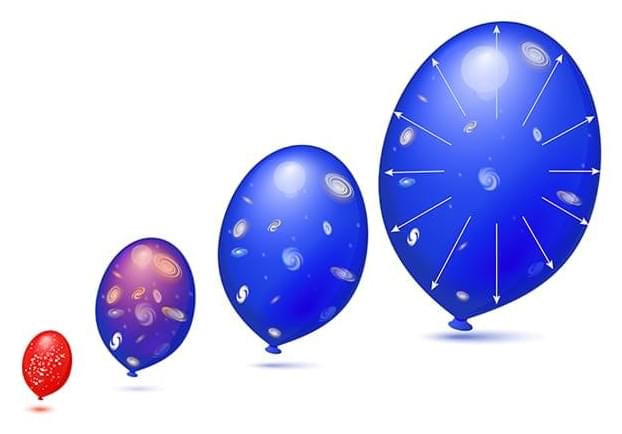
One question for Paul Sutter, author of “The Remarkable Emptiness of Existence,” an article in Nautilus this month. Sutter is a theoretical cosmologist at the Institute for Advanced Computational Science at Stony Brook University, where he studies cosmic voids, maps the leftover light from the big bang, and develops new techniques for finding the first stars to appear in the cosmos.
What is our universe expanding into?
That’s a great question. The answer, though, is that it’s not a great question. It’s a little tricky, so let me walk you through it. Yes, our universe is expanding. Our universe has no center and no edge. The Big Bang didn’t happen in one location in space. The Big Bang happened everywhere in the cosmos simultaneously. The Big Bang was not a point in space. It was a point in time. It exists in all of our paths.
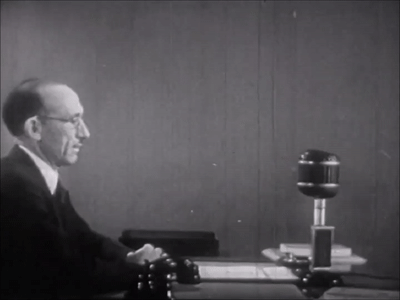
Words by pau aleikum & marta handenawer.
This article started as a discussion between friends, sparked by the release of ChatGPT last December. Instantly, our minds were racing with the massive amount of tremendously stupid and not-so-stupid applications it could have for our work at Domestic Data Streamers. It is clear that AI is a valuable tool you could use to finish assignments more quickly, but what would be lost in that process? Using ChatGPT feels like cheating; using a shortcut to finish your work, it’s so easy that it can feel as if you are not working at all. This obviously comes with a cost. If you don’t write those words, you are less likely to remember them and less likely to internalize knowledge or connect it to other fields of knowledge you already have. And that, friends, is a problem for education. The Atlantic recently declared that “The College Essay Is Dead,” and although I disagree, this calls for further exploration.
The use of ChatGPT to write academic projects has been a source of significant concern in academia. Three of the four universities we work with have already sent out emails asking that teachers acknowledge the existence of this technology and prepare for it. This is the next phase in our journey from manual calculation to technology-aided information recall, just as we evolved from adding up numbers in our minds to calculators and from basic orientation to Google Maps.
If anyone accuses you of “living in a bubble” there is an astronomically correct, if not always convincing, response: we all do. The Sun sits inside what is known as the Local Bubble, a space within the Milky Way galaxy some 1,000 light-years across in which interstellar material is scarce. It can be hard to map something from the inside, but that’s what astronomers have tried to do with the Local Bubble’s magnetic fields.
It’s easy to imagine that anything distinctive about our Solar System’s location must be connected to our apparent uniqueness. However, superbubbles like our own are not particularly rare; indeed, the galaxy has enough of them to prompt comparisons with Swiss cheese. They are left behind by supernova explosions that push gas and dust out of surrounding regions. The material swept out by the explosion concentrates on the bubble’s surface – still so thin it would be considered a vacuum by Earthly standards, but dense enough to trigger star formation.
Nevertheless, our knowledge of superbubbles in general and the Local Bubble, in particular, is almost as thin as the material inside. The magnetic mapping of the Local Bubble, presented at the American Astronomical Society’s 241st meeting, is an attempt to address that.
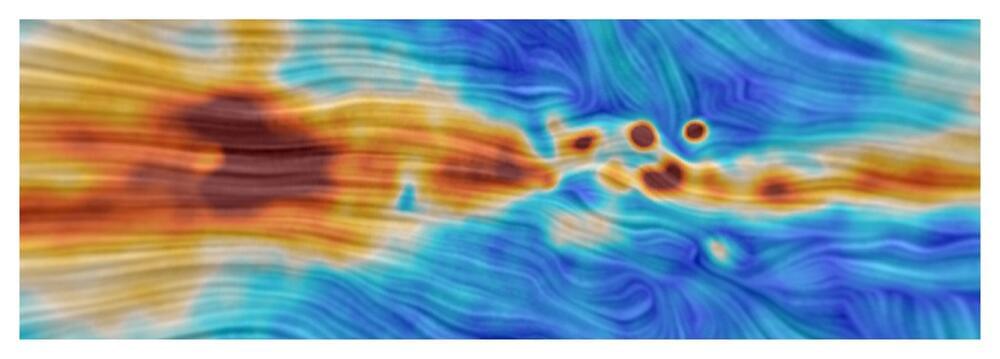
An international team of scientists have successfully mapped the magnetic field of our galaxy, the Milky Way, using telescopes that observe the sky in the microwave range. The new research is published in Monthly Notices of the Royal Astronomical Society.
The team used the QUIJOTE (Q-U-I JOint TEnerife) Collaboration, sited at the Teide Observatory on Tenerife in the Canary Islands. This comprises two 2.5 m diameter telescopes, which observe the sky in the microwave part of the electromagnetic spectrum.
Led by the Instituto de Astrofísica de Canarias (IAC), the mapping began in 2012. Almost a decade later, the Collaboration has presented a series of 6 scientific articles, giving the most accurate description to date of the polarization of the emission of the Milky Way at microwave wavelengths. Polarization is a property of transverse waves such as light waves that specifies the direction of the oscillations of the waves and signifies the presence of a magnetic field.
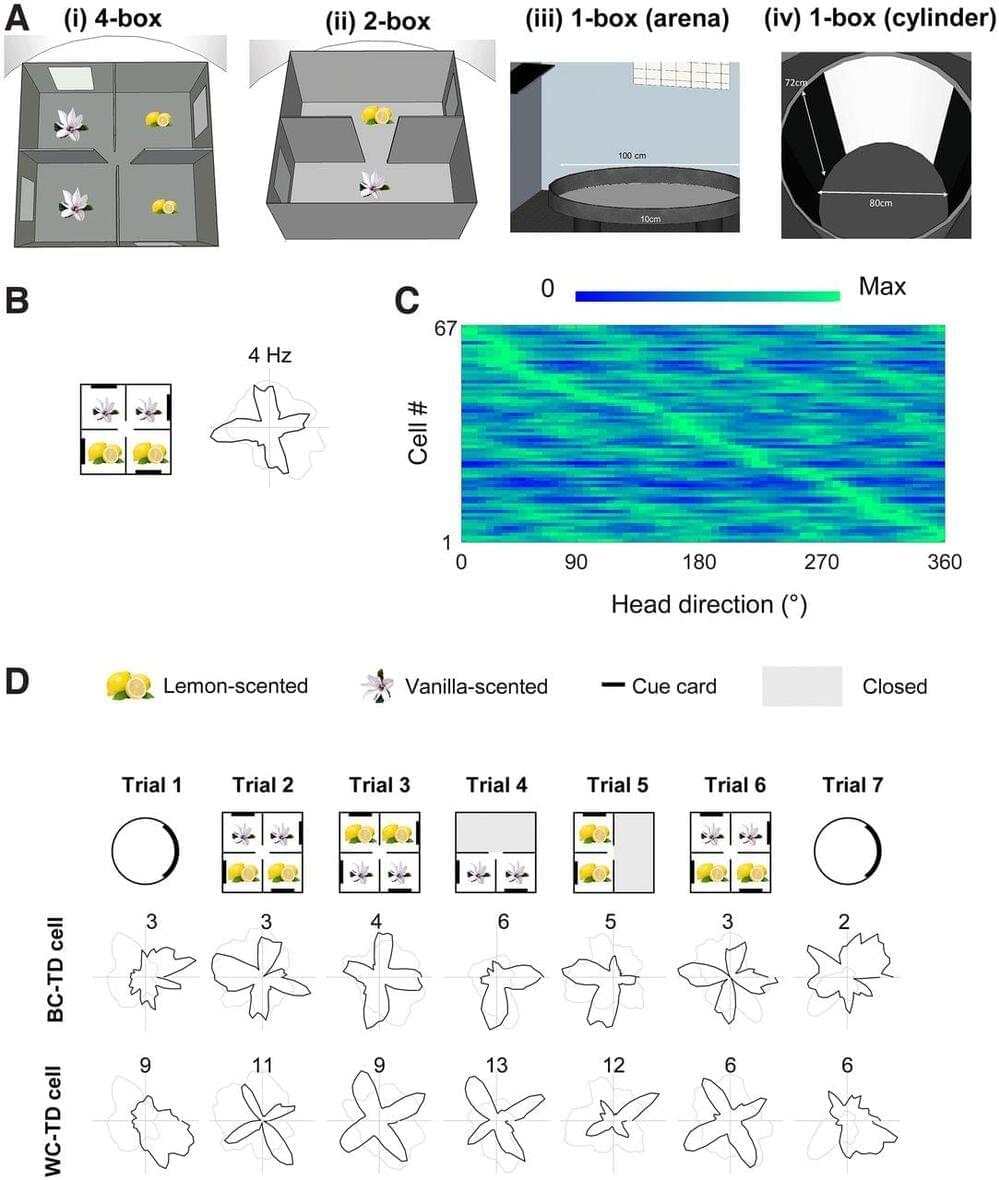
We investigated how environment symmetry shapes the neural processing of direction by recording directionally tuned retrosplenial neurons in male Lister hooded rats exploring multicompartment environments that had different levels of global rotational symmetry. Our hypothesis built on prior observations of twofold symmetry in the directional tuning curves of rats in a globally twofold-symmetric environment. To test whether environment symmetry was the relevant factor shaping the directional responses, here we deployed the same apparatus (two connected rectangular boxes) plus one with fourfold symmetry (a 2 × 2 array of connected square boxes) and one with onefold symmetry (a circular open-field arena). Consistent with our hypothesis we found many neurons with tuning curve symmetries that mirrored these environment symmetries, having twofold, fourfold, or onefold symmetric tuning, respectively. Some cells expressed this pattern only globally (across the whole environment), maintaining singular tuning curves in each subcompartment. However, others also expressed it locally within each subcompartment. Because multidirectionality has not been reported in naive rats in single environmental compartments, this suggests an experience-dependent effect of global environment symmetry on local firing symmetry. An intermingled population of directional neurons were classic head direction cells with globally referenced directional tuning. These cells were electrophysiologically distinct, with narrower tuning curves and a burstier firing pattern. Thus, retrosplenial directional neurons can simultaneously encode overall head direction and local head direction (relative to compartment layout). Furthermore, they can learn about global environment symmetry and express this locally. This may be important for the encoding of environment structure beyond immediate perceptual reach.
SIGNIFICANCE STATEMENT We investigated how environment symmetry shapes the neural code for space by recording directionally tuned neurons from the retrosplenial cortex of rats exploring single-or multicompartment environments having onefold, twofold, or fourfold rotational symmetry. We found that many cells expressed a symmetry in their head direction tuning curves that matched the corresponding global environment symmetry, indicating plasticity of their directional tuning. They were also electrophysiologically distinct from canonical head directional cells. Notably, following exploration of the global space, many multidirectionally tuned neurons encoded global environment symmetry, even in local subcompartments. Our results suggest that multidirectional head direction codes contribute to the cognitive mapping of the complex structure of multicompartmented spaces.
Google announced a new HD version of its Maps service for cars with the Android Automotive operating system. The new HD maps will provide more detailed road markings, lane-level localization, road barriers and signs. The feature will debut on the Volvo EX90 and Polestar 3 models and will benefit from the lidar, radar and camera sensors on vehicles to ensure a safer driving experience.

Volvo EX90 using Google HD maps.
Volvo’s HD maps demo shows users will get a detailed model of their vehicle on the screen which mimics all actions undertaken by the driver. HD maps will be available only on vehicles that use Google Automotive Services.

Apple Maps launched a new parking feature that provides users with parking options and availability near a specific destination. In partnership with the digital parking reservation platform, SpotHero, Apple Maps users across the U.S. and Canada can now get parking information for over 8,000 locations.
To use the new feature, launched late last week, iPhone and Mac users can search for a destination in the Apple Maps app and then select “More” and “Parking.” They’re then directed to the SpotHero website without leaving Apple Maps. Users can search for nearby parking and reserve a space using SpotHero’s secure payment options, the parking platform claims.
SpotHero also allows users to filter their search by date and time as well as parking spots with EV charging, wheelchair accessibility, valet services and more.
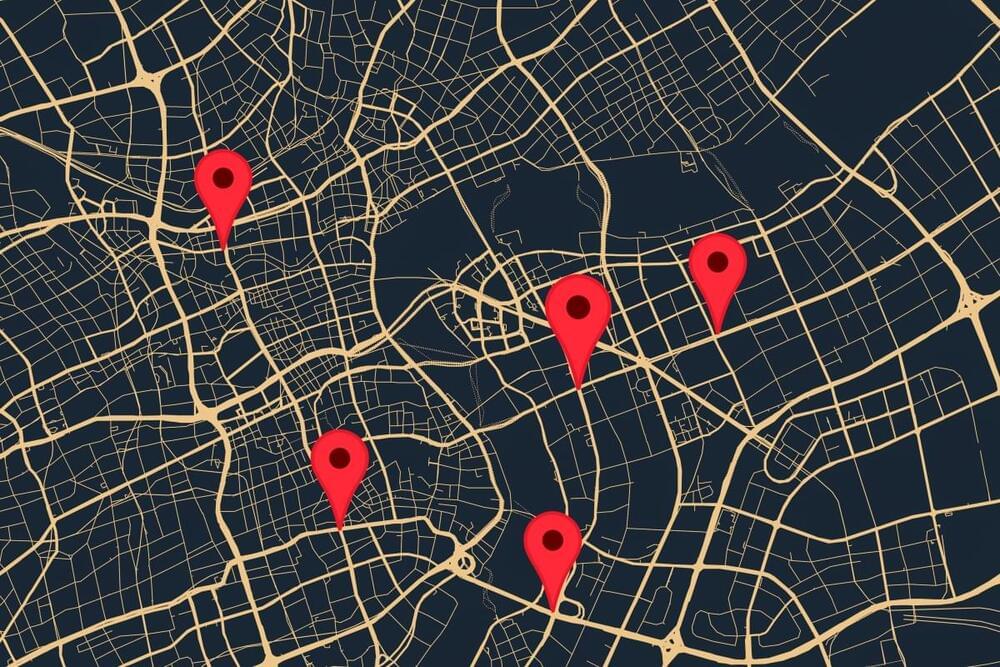
Google today is announcing a HD version of its vehicle mapping solution. Unlike Google Maps, Google’s HD map is not a consuming-facing application, but an additional layer of data that’s served to the vehicle’s L2+ or L3 assisted driving systems through Google Automotive Services.
The additional information sits on top of Google Maps’ data and delivers details such as precise lane makers and localization of objects (road signs) to help assisted driving vehicles orient themselves on the road. The driver will not be able to see or access the HD map or data directly. It’s not clear at this time if the driver will even know if the vehicle is using the HD mapping, though, presumably the vehicle’s assisted driving skills will be improved when it’s in use.
According to a Google spokesperson, the HD mapping is initially focused on high-traffic roads like freeways, but the spokesperson stopped short of saying exactly which cities or freeways. They said Google is working with automakers to determine where the HD map is most helpful.
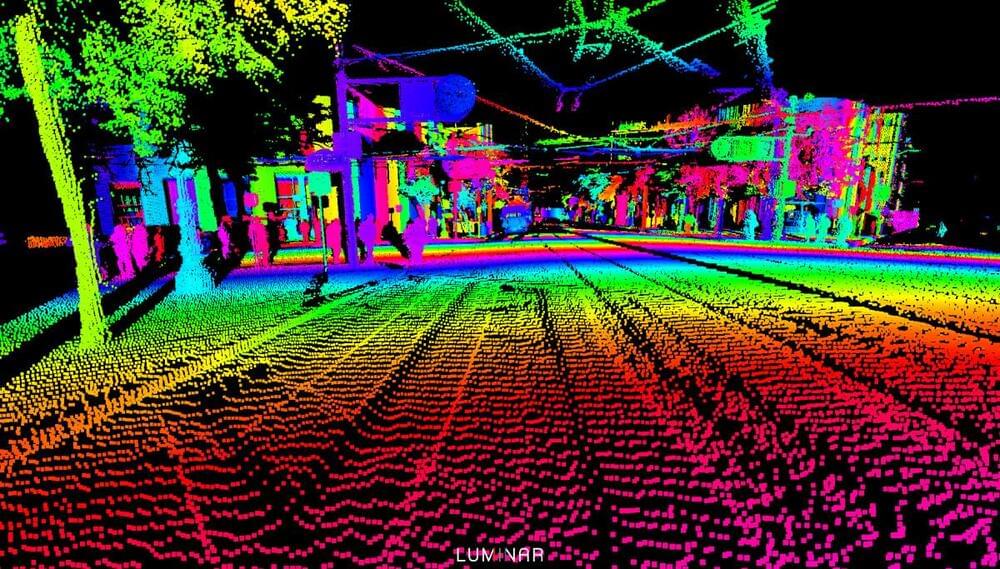
As lidar company Luminar pushed ahead to meet its goals for 2022 — milestones that included locking in new commercial contracts with unnamed automakers and shipping production-ready sensors to SAIC — it also snapped up a small HD mapping startup called Civil Maps.
The acquisition, which was disclosed Wednesday during Luminar founder and CEO Austin Russell’s presentation at CES 2023, is more than just a large publicly traded company taking advantage of a consolidating industry. Although the timing couldn’t have been better due to the current economic environment, according to Russell.
For Russell, the acquisition is part of Luminar’s longer term vision to be more than just a lidar supplier. Mapping, specifically the mapping tech that Civil Maps created, is foundational to that goal, Russell said.